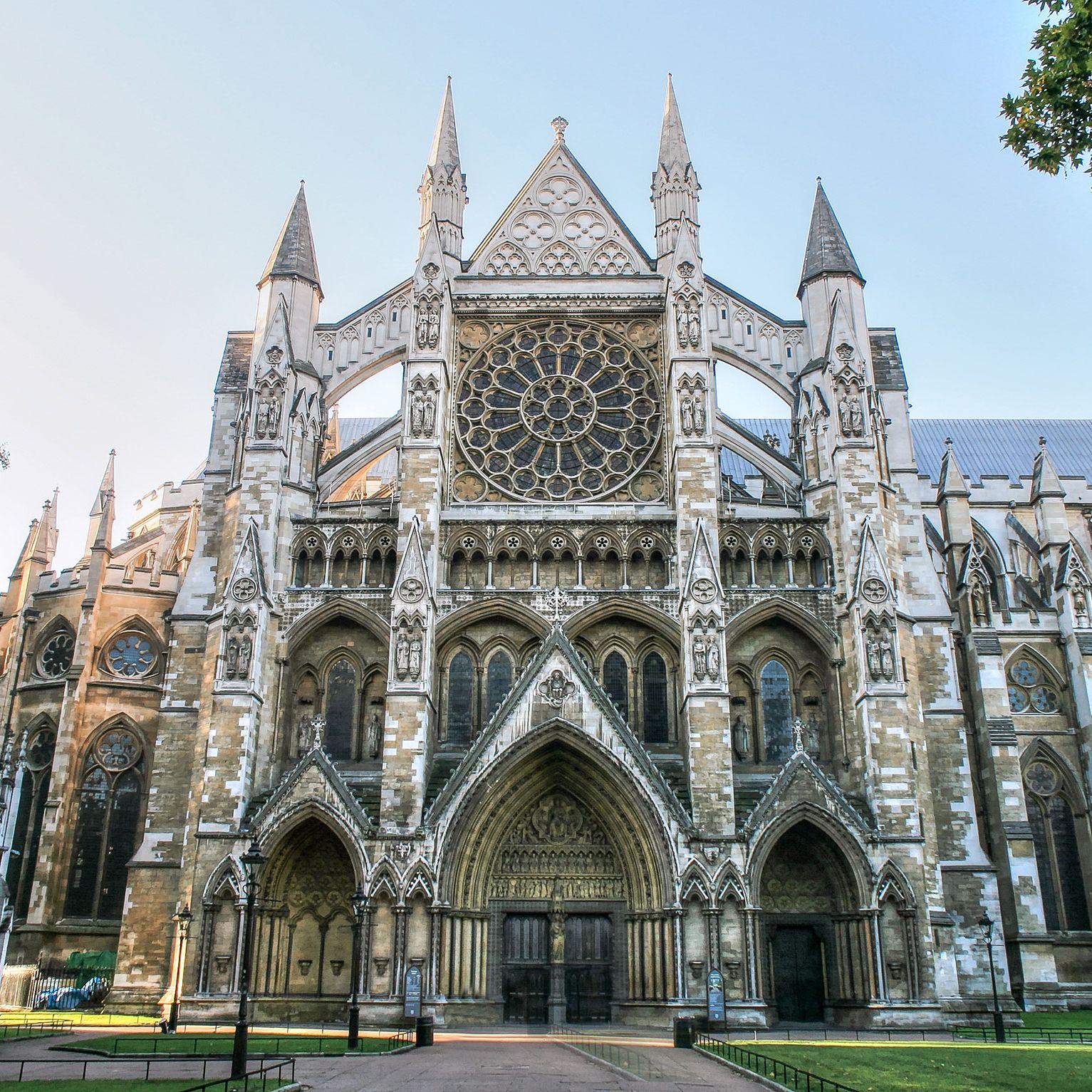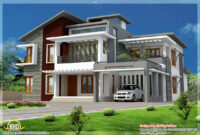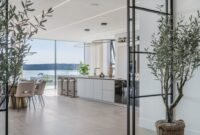Introduction to Gothic Home Decor
Gothic home decor, often associated with dark and dramatic aesthetics, has seen a resurgence in modern interior design. While it might conjure images of spooky castles or shadowy cathedrals, the style can be adapted to suit contemporary living spaces without overwhelming them. The key lies in balancing the traditional elements of Gothic design—such as pointed arches, wood paneling, and stained glass—with modern touches that make the space functional and inviting. Whether you’re drawn to the romanticism of the Middle Ages or simply appreciate the elegance of dark, rich tones, incorporating Gothic home decor can add a unique and timeless flair to your home.
Understanding the Gothic Aesthetic
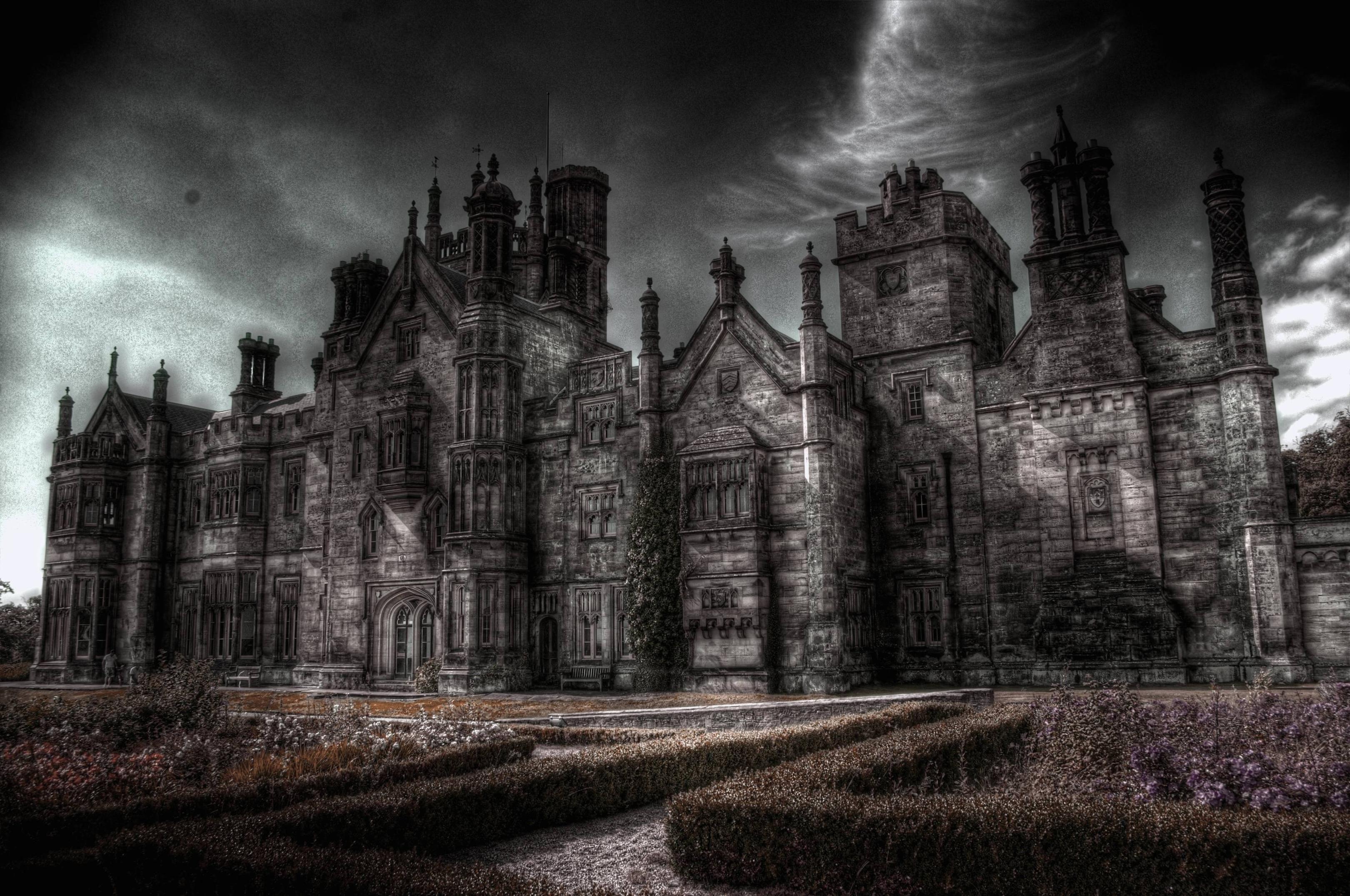
Gothic design is rooted in the architectural styles of medieval Europe, characterized by features like pointed arches, ribbed vaults, and flying buttresses. These elements were originally designed to create a sense of height and grandeur, often used in churches and cathedrals. However, the aesthetic has evolved over time, particularly during the Victorian era, when it became popular for domestic interiors. Today, modern Gothic design blends these historical elements with contemporary materials and techniques, allowing for a more versatile and adaptable approach.
The color palette of Gothic design typically includes deep shades such as black, purple, red, and blue. While these colors are prominent, they don’t have to dominate every surface. Instead, they can be used as accents to create a dramatic yet balanced look. Additionally, the use of textures like wood, stone, and velvet adds depth and richness to the space, making it feel both opulent and inviting.
Key Elements of Gothic Home Decor

1. Use Black and Dark Accents
One of the most defining features of Gothic design is the use of dark colors. However, it’s important to avoid overdoing it, especially in smaller rooms. Instead of painting entire walls black, consider using dark accents such as curtains, vases, or furniture. A dark wrought iron radiator or a deep burgundy sofa can add a touch of Gothic charm without making the space feel too oppressive.
2. Don’t Make It Too Dark
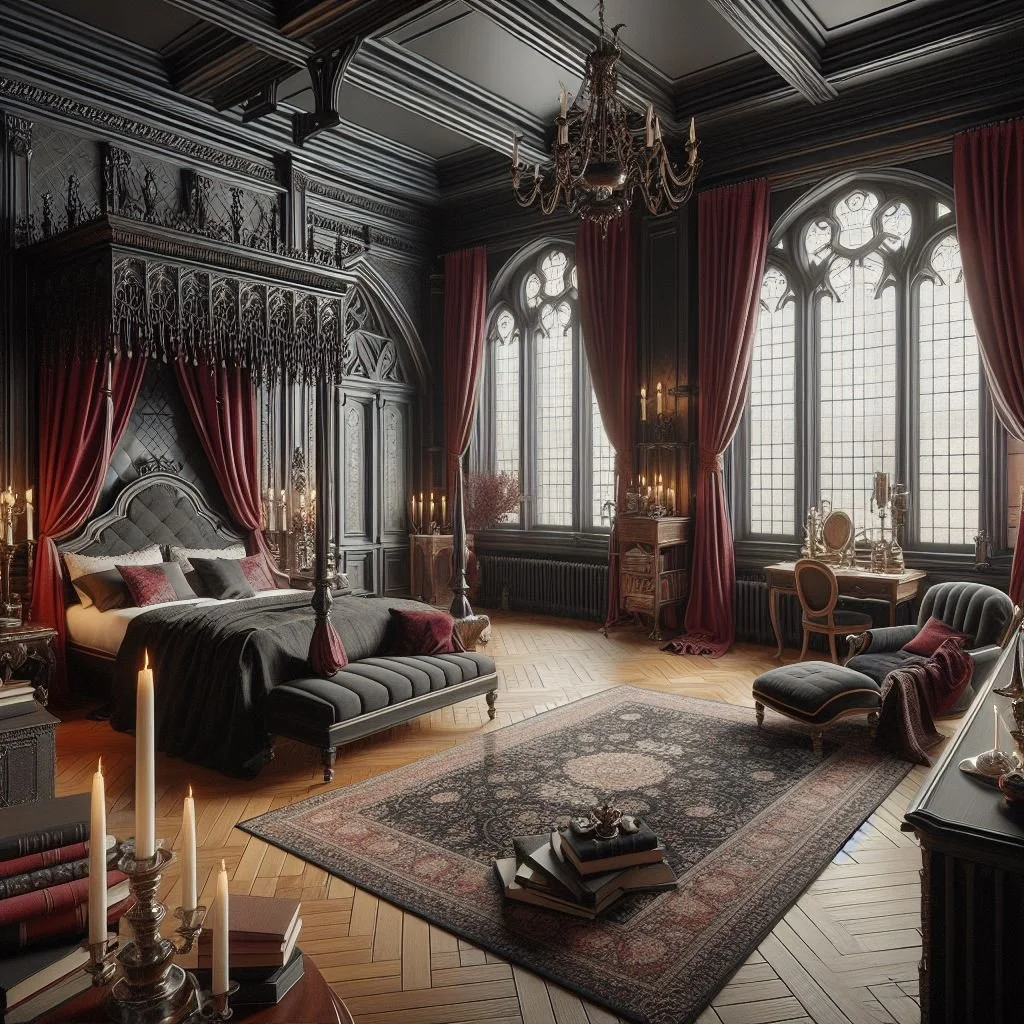
While dark colors are central to Gothic design, they should not overshadow the natural light in your home. Overly dark rooms can feel cramped and uninviting. To counteract this, use lighter-colored walls or incorporate reflective surfaces like mirrors to bounce light around the space. This will help maintain a balance between the dramatic elements of Gothic design and the practicality of a livable home.
3. Ditch the Modern Doors
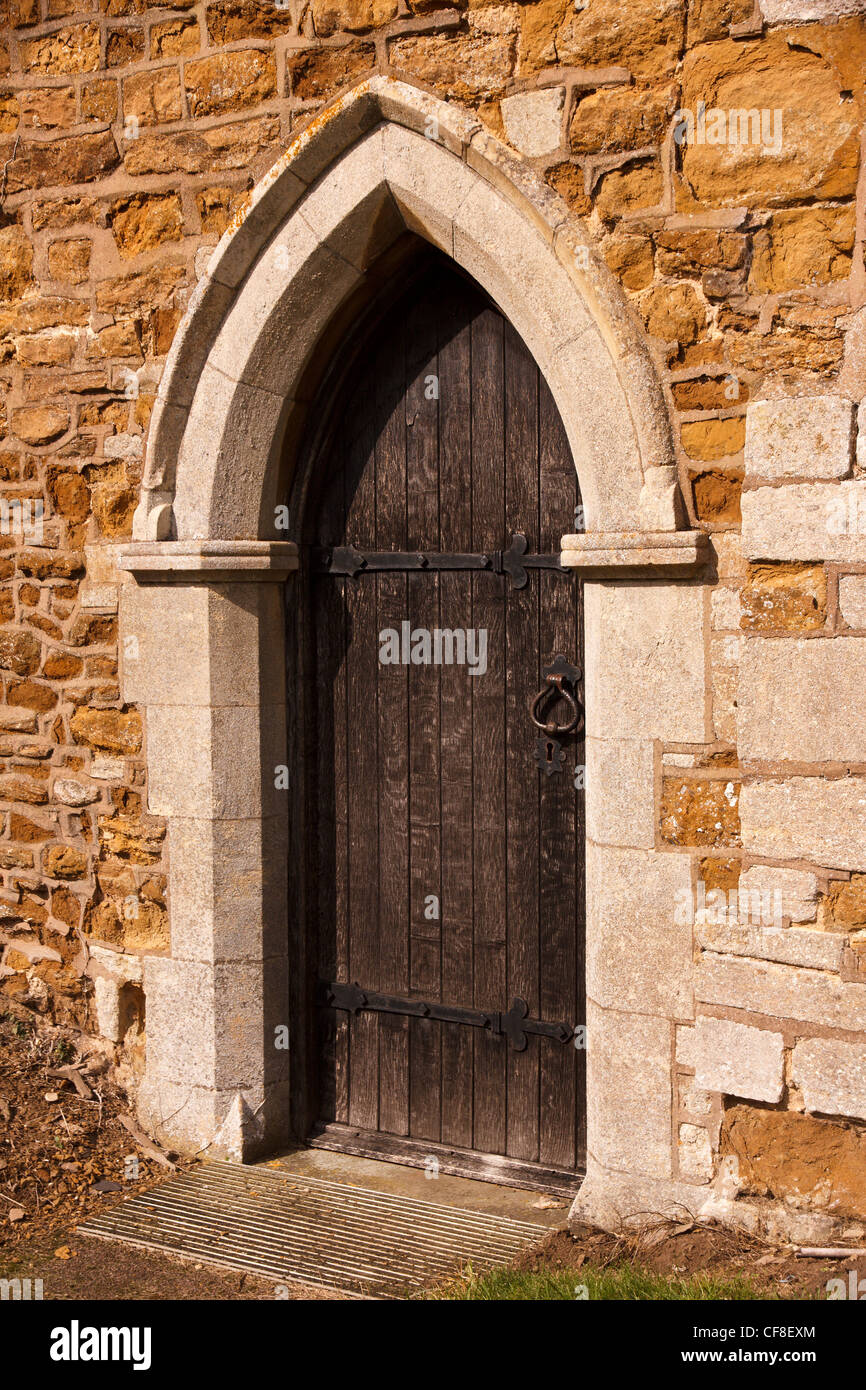
Gothic architecture is known for its ornate doors, often made of carved wood and featuring intricate designs. While it may be impractical to install a full cathedral-style door in your home, replacing plain, modern doors with arched or wooden ones can instantly elevate the look of your space. This subtle change can transform a standard entryway into a statement piece that sets the tone for the rest of the room.
Decorating Tips for a Gothic-Inspired Space

4. Dramatic Wallpaper
Wallpaper is an essential element in Gothic design, adding texture and visual interest to a room. Choose a bold pattern or a deep, rich color for a statement wall. Avoid overly busy designs that may clash with other elements in the room. Instead, opt for a single accent wall that complements the overall color scheme and adds depth to the space.
5. Wood Paneling

Wood paneling evokes the feeling of old-world castles and adds a sense of warmth and sophistication to any room. Choose dark wood for a more traditional look, and consider incorporating Gothic arches into the panels for added authenticity. This detail can be particularly effective in hallways or behind a fireplace, where it can serve as a focal point.
6. Ornate Fireplace

An ornate fireplace is a classic feature of Gothic design and can serve as a striking centerpiece in any room. Even if you don’t have a working fireplace, you can create the illusion with decorative elements like carved mantels or stone finishes. Adding candles or a chandelier above the fireplace can further enhance the Gothic atmosphere.
Final Thoughts
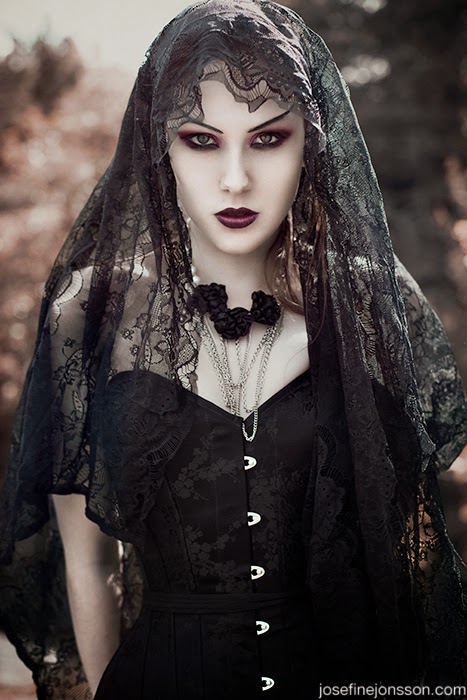
Incorporating Gothic home decor into your modern living space doesn’t mean you have to sacrifice comfort or functionality. By carefully selecting elements that reflect the essence of Gothic design while adapting them to fit your lifestyle, you can create a space that is both stylish and inviting. Whether you choose to add a few dark accents or fully embrace the dramatic aesthetic, the key is to find a balance that reflects your personal taste and enhances the beauty of your home.

